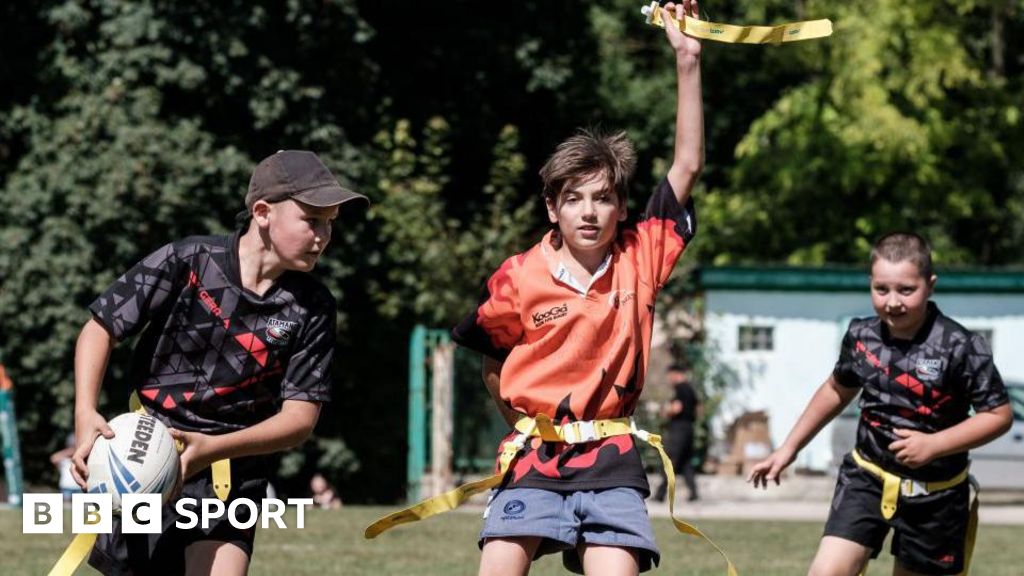Rugby Football Union set to implement non-contact rugby option in schools

A non-contact version of rugby union will be implemented in schools to help the Rugby Football Union manage a “decline in participation over injury fears”.
A review conducted by the RFU found fewer people are playing the sport at youth level and traditional private rugby schools because of injury concerns, and the view that it is a difficult game to introduce.
Contact, reduced contact and non-contact formats will be supported in schools, enabling established schools to offer alternative forms of the game in their maintained ‘compulsory rugby term’.
Sir Jon Coles, chief executive of national schools group United Learning – who led the review – says that from “under-15 upwards” there will be a framework for full-contact rugby to give schools a “clear way” to manage injury risk.
“The RFU must now take bold steps to make sure that schools with a strong rugby tradition want to play rugby and other schools want to join in,” Coles said in a RFU statement.
“Our proposals for the RFU to codify nationally three formats with clear competitive structures, are designed to make sure that established schools feel able to keep rugby firmly on their timetable for all pupils.”
Currently in England, children can start to be introduced to contact rugby from under-nines., external
The aim is to have 5,000 schools playing the non-contact (T1) form of the game in the next four years, with a large untapped market in schools that have no tradition of playing rugby found in the review.
‘Flatpacks’ will be provided by the RFU, containing all the equipment needed to play T1 rugby, which will also have a range of resources for staff to be able to teach the format – even if they have no experience.
The goal is the introduction of a national network of 100 school rugby managers by 2027, with 40 already in place working across clusters of local schools.
The RFU’s new reduced tackle height for all levels below professional rugby will also be clearly communicated to schools, parents and young players.
From the start of this season, the legal tackle height in community rugby was lowered from below the shoulders to the “base of the sternum” to reduce head injuries.
In January the RFU announced the tackle height would be from the “waist” down, a decision which was met with uproar in the game – resulting in an adjustment before this season.
Last year more than 300 former football, rugby league and rugby union players in the United Kingdom took legal action over brain injuries they claim to have sustained during their playing careers.
Related
Jonas vs Price: How women’s boxing can become centre stage…
The iconic Royal Albert Hall has hosted pugilism for over a century, welcomed key political figures and showcased musical superstars.On Friday evening, a women'
Belgian Darts Open: Ryan Searle sets up Luke Littler showdown…
Ryan Searle set up a showdown with world champion Luke Littler and Mike De Decker booked a reunion with world No 1 Luke Humphries
Sky Sports presenter reveals she has a brain infection following…
A Sky Sports presenter has revealed she has a brain infection after battling cancer.Emma Saunders, who works as a presenter and match day reporter for Sky, was
Jonas vs Price as it happened: Reaction, analysis, boxing results,…
'I want to go back to Wales'published at 23:37 Greenwich Mean Time 7 March23:37 GMT 7 MarchPrice beats Jonas by unanimous decisionLauren Price speaking to Sky S













